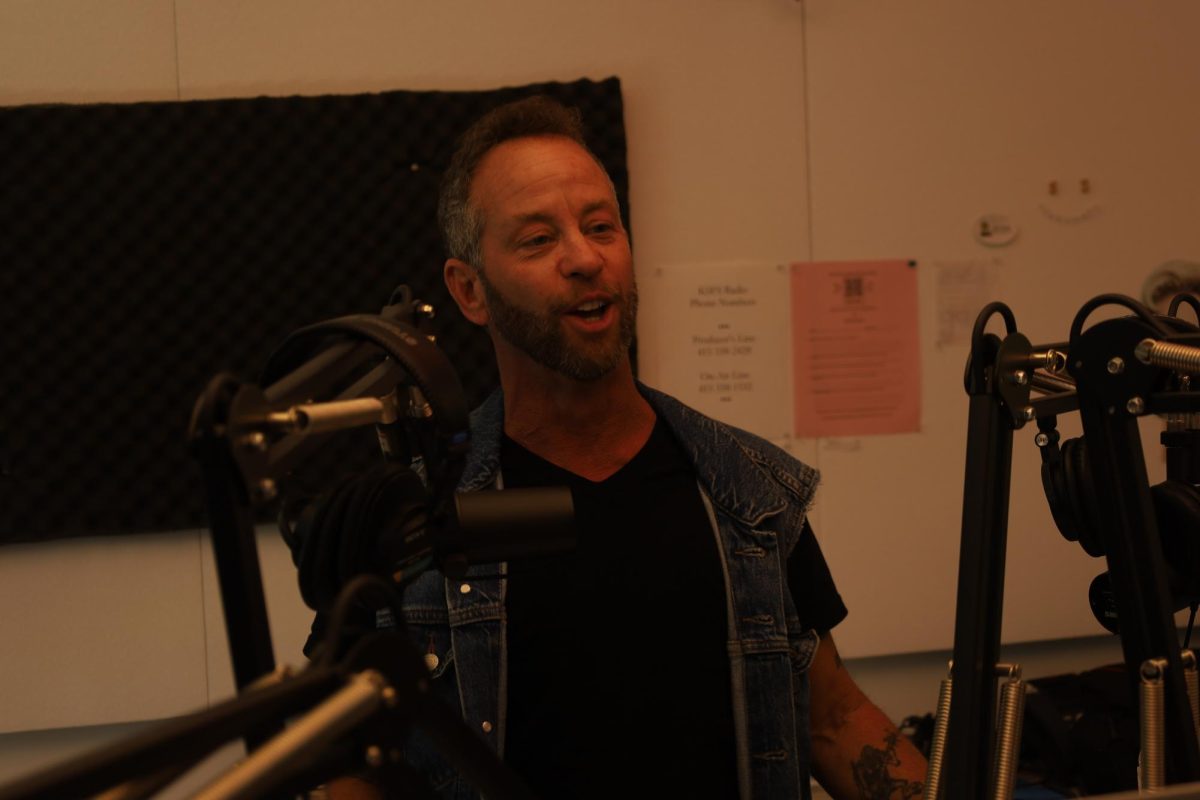SF State President Leslie E. Wong led a campus safety discussion in Jack Adams Hall Thursday, where he was hit with a barrage of student concerns about the University Police Department’s proposed use of Tasers.
The campus safety talk was intended to cover a wide range of safety topics, but the proposed use of Tasers by the University Police Department dominated the discussion.
Since UPD officers began their eight-hour Taser training session Sept. 12, the prospect of the weapons possible use has concerned students.
“I want to make it clear that no decision has been made and one will not be made until I see the order and the training regiment,” Wong said.
California State University campuses have authority over their own property so SF State UPD can carry Tasers, even though the San Francisco Police commission doesn’t allow the use of Tasers by their own officers, said Wong.
The discussion swayed from the Taser topic briefly to note other campus crime issues like burglary. There were 42 burglaries in 2012, 41 in 2011 and 43 in 2010, according to the Jeanne Clery Report, a federally mandated crime log published early this month.
Reggie Parson, deputy chief of UPD and Wong noted the apparent increase in weapons offenses on campus and in the residence community, which they said is one of their justifications for the UPD to carry Tasers.
“I’m not going to wait around for a murder to tell the UPD to keep their guns close,” Wong said.
Clery report crime statistics show there were two weapons offenses in 2009, four in 2010, five in 2011, and one last year.
Wong said that there is no set due date for the Taser general order, or for the UPD to start carrying the weapons.
Interim Vice President Jo Volkert originally said that the general order would not be made public, due to it “having to do with specific training and tactics used by law enforcement agencies.”
Training classes from Taser, however, are standardized, and a course description is available for review on the company’s website. This includes the instructor certification program, which the two SF State UPD officers completed.
According to Taser Training Academy, officers who train to be instructors are to complete a four hour online session prior to 16 hours of practical training. Topics included in the training are medical and safety information, probe removal and post incident consideration, among others. Officers also endure a series of drills, including firing and non-firing drills, as well as stress courses.
Officers who complete the training are certified for two years. Recertification requires eight hours online, followed by eight hours of practical training.
At the forum Volkert explained that the University was now “investigating the legality” of publicizing the document.
“We intend on having continuous drills, even after the Tasers are in use,” said Parson, who referred to them as a “defensive tool,” rather than a weapon.
The University promoted the event beforehand through a mass email, advertisements on Campus Memo, a Facebook page and messages on the digital signage screens in Cesar Chavez Student Center.
Despite their outreach, only 19 students showed up to participate.
Wong was open to the idea of hosting another discussion and emphasized that no decision had officially been made. He also stressed the importance of student opinion in helping him make his decision, which he said rested in his hands alone.






Raquel Santiago • Dec 17, 2013 at 3:43 pm
DSA (Disabled Students Association) in a last minute vote is totally against tasers on campus. We stand by the student majority on this.
Matt • Nov 2, 2013 at 1:38 pm
I didn’t get any mass email from the university regarding this event.